Lori W
Feb 12, 2021
One moment you’re happily moving down the highway. The next, there’s a warning light glaring at you from the dash, demanding you service your tire mobility kit.Has this recently happened in your Ford Fusion? Here’s what it means.
What is the tire mobility kit warning, and how do you reset it on a Ford Fusion?
The quick answer is that the warning light can be reset by scrolling through your vehicle’s menu until you get to the tire mobility reset option; then select when you next want to be reminded.
But while that will take care of the warning light, it falls short of actually understanding what the warning light is trying to tell you in the first place. The good news is that in this article we’ll explain what a
tire mobility kit is and how you can service it before you reset the warning.
It may be hard to believe, but vehicles used to come with a full-sized spare tire. That’s still true today for some vehicles, mostly trucks. But by and large, today’s vehicles come with either a temporary spare or, in the case of the Ford Fusion, a tire mobility kit.
A tire mobility kit is sometimes called a tire inflator or tire repair kit. Its advantage is that it takes up considerably less space in a trunk than even a temporary spare tire would. The kit consists of an air compressor with an attached hose and an integrated bottle of a thick sealant.
If you get a flat, attach the inflator-kit hose to the valve stem of the tire. Then, turn on the unit and let it inject the sealant into the tire. Then you use the kit’s compressor to inflate the flat.
You don’t have to remove the tire, so using the kit doesn’t require the physical strength that changing a tire does. On the other hand, the kit doesn’t work if the puncture is larger than the size of a pencil eraser or is located on the sidewall. It also will do you no good if the tire has separated from the wheel.
On the other hand, the kit doesn’t work if the puncture is larger than the size of a pencil eraser or is located on the sidewall. It also will do you no good if the tire has separated from the wheel.
The warning light you see exists because the sealant included with the tire mobility kit has an expiration date. It’s warning you to replace the sealant, so it’s ready when you need it. If you remove the can and check the part number, you can contact your local Ford dealer who will be able to sell you a replacement. Once exchanged for the expired can, you can put your kit back into place.
The remaining step is to reset the warning light. Scroll through the menu until you see the tire mobility kit reset option. Select the time you wish the warning light to remind you based on the expiration of the new can of sealant. Back out of the menu, and you should be good to go.
No Vehicle is PerfectIt can be frustrating to deal with a vehicle problem. But there will always be some concerns that crops up. Keep informed so you can select a car, SUV or truck that typically has few problems and understand how to do routine maintenance. Reading the
Vehicle History is a great way to start.
But there will always be some concerns that crops up. Keep informed so you can select a car, SUV or truck that typically has few problems and understand how to do routine maintenance. Reading the
Vehicle History is a great way to start.
Claudea on November 2, 2022
You can get a donut spare.
Hate fix a flat kits. Was able to buy a donut spare from my dealer. If you have a hybrid, just ask for the spare for the regular model. After call after call with Ford they kept saying no spare available. Had to take my car on for a bent rim. They put a donut spare on to move the car while the rim was being fixed. My hybrid has a place for a spare. Dealer ordered it and now I'm a very happy camper.
accountCircleDon ruckman on June 7, 2022
How to reset "service tire mobility kit" in 2017 ford fusion
Tire mobility kit reset light. The description on how to reset the warning light was overly simplified and did not give in-depth steps. Worthless. Is this on the Main Screen or on the'dash' displays. Please give me in DETAIL what buttons to push, without resetting the entire swet options.
The description on how to reset the warning light was overly simplified and did not give in-depth steps. Worthless. Is this on the Main Screen or on the'dash' displays. Please give me in DETAIL what buttons to push, without resetting the entire swet options.
Scott on March 11, 2022
M
Tire mobility kit reset light. The description on how to reset the warning light was overly simplified and did not give in-depth steps. Worthless.
accountCirclePaul F on June 3, 2022
Forget the tire goop
Great car BUT... Tire stores wouldn't touch my flat tire after I inflated it with the goop. Therefore, it's totally useless to me.
accountCircleConnie J Wallace on April 6, 2022
Mrs.
Love the car, saves gas.
Lori W
Taking proper care of your vehicle means many things: driving safely, following the manufacturer’s schedule for service and maintenance, and knowing how to address any issues that might arise.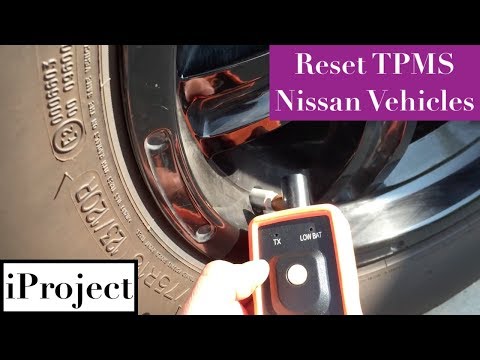 Today, many Ford models come with a Ford Tire Mobility Kit instead of the familiar compact spare tire. While a serious blowout or sidewall damage requires that you contact
Ford service near you, this kit allows you to temporarily repair punctures to the tread area without needing to change the tire. Notice we said “temporarily” – this is not a permanent fix or even a long-term solution, so you still need professional service.
Today, many Ford models come with a Ford Tire Mobility Kit instead of the familiar compact spare tire. While a serious blowout or sidewall damage requires that you contact
Ford service near you, this kit allows you to temporarily repair punctures to the tread area without needing to change the tire. Notice we said “temporarily” – this is not a permanent fix or even a long-term solution, so you still need professional service.
Using a Ford Tire Mobility Kit is not particularly difficult, but it’s important that you use it properly, and there are some precautions you should be aware of. Let’s take a look at what’s involved with using one of these kits, where you’ll find it in your vehicle, and what you need to know before and after its use. It’s better to go over all of this in advance rather than try to watch a video or flip through your owner’s manual in the middle of the night when you’re on the side of the road.
Before we even think about how to properly use a Ford Tire Mobility Kit, let’s take a moment to discuss when you can use it and when you can’t. For the most part, this kit – also called a “tire inflator and sealant kit” – can only be used in certain situations where your tire has sustained minor damage. Specifically, you can use this kit if there is a relatively small puncture to the tread area of one of your tires.
For the most part, this kit – also called a “tire inflator and sealant kit” – can only be used in certain situations where your tire has sustained minor damage. Specifically, you can use this kit if there is a relatively small puncture to the tread area of one of your tires.
If the damage is significant, then you should not use this kit. Instead, you should contact a Ford service center near you immediately for assistance. Similarly, this kit cannot be used if there is a puncture or damage to the sidewall of your tire (that’s the part that does not come into contact with the road). If the sidewall is damaged, then you need to call for assistance. Don’t try to use the Ford Tire Mobility Kit because it won’t fix your problem. Finally, if there’s an object in your tire, like a nail or a screw, don’t try to remove it – leave it there for a professional to deal with.
Assuming you’re in a situation where it’s appropriate to use the kit, then you need to make sure you can do so safely. First, pull over to the side of the road and make sure you are clear of any traffic. Next, turn on your hazard lights to warn other drivers that you’re there (investing in some road flares is a good way to provide additional warning). You’ll need to leave your engine running, so make sure you aren’t parked in an enclosed space – you can only use the kit safely outside. Also, set your parking brake to ensure your vehicle does not move unexpectedly while you’re working on your tire.
First, pull over to the side of the road and make sure you are clear of any traffic. Next, turn on your hazard lights to warn other drivers that you’re there (investing in some road flares is a good way to provide additional warning). You’ll need to leave your engine running, so make sure you aren’t parked in an enclosed space – you can only use the kit safely outside. Also, set your parking brake to ensure your vehicle does not move unexpectedly while you’re working on your tire.
Now, you’ll probably find your Ford Tire Mobility Kit in your trunk, underneath the padding, where you’d commonly find the spare tire. However, some models have the kit located under the driver’s seat or a passenger seat, so check there if you don’t find it in your trunk. Once you have the kit located, be sure to follow proper instructions and safety guidelines for its use in your vehicle’s owner’s manual. This is only a general guide to help give you an idea of how to use it – follow the instructions from the manufacturer!
Once you have the Ford Tire Mobility Kit ready, remove the valve cap from the valve on your tire, just like you were checking its pressure. Unwrap the clear tube from the compressor housing of the kit, remove the tube cap, and fasten the metal connector of the tube to the tire valve on your tire – turn clockwise to tighten it. Make sure it’s tightly connected.
Unwrap the clear tube from the compressor housing of the kit, remove the tube cap, and fasten the metal connector of the tube to the tire valve on your tire – turn clockwise to tighten it. Make sure it’s tightly connected.
Plug the Mobility Kit’s power cable into the 12-volt outlet of your vehicle while the engine is running (if you turn the engine off, you may drain your battery and find yourself stranded on the side of the road). Remove the warning sticker on the canister of the kit and place it on the top of your Ford’s instrument panel or center dash as a reminder. Now push and turn the dial on the kit counterclockwise to the sealant position and activate the kit by pressing its power button.
When the sealing compound first starts going into your tire, you might notice a spike in the tire pressure – this is normal. Fill the tire until it reaches the recommended tire pressure (this is listed on the driver’s door jamb and in the owner’s manual), then turn off the kit by pressing the button again.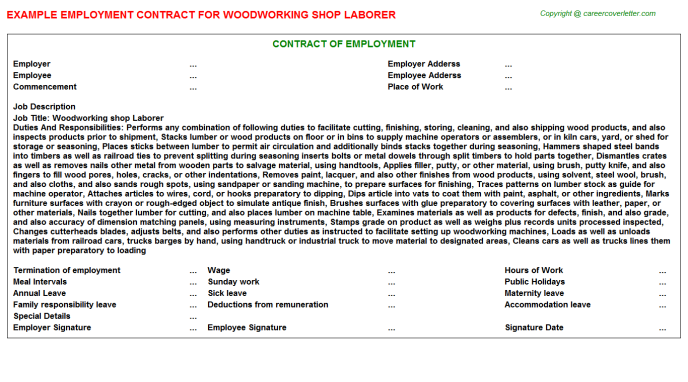 Once it is off, disconnect it from the tire valve and the power outlet. Replace the valve cap on your tire valve, place the tube cap on the metal connector of the kit, and place the kit back in its compartment.
Once it is off, disconnect it from the tire valve and the power outlet. Replace the valve cap on your tire valve, place the tube cap on the metal connector of the kit, and place the kit back in its compartment.
Now that you’ve refilled the tire, you want to immediately and carefully drive a short distance, which helps distribute the sealant properly within the tire. Don’t go faster than 50 mph during this time and only go four miles. If you notice any strange vibrations or noise while driving these four miles, stop and call for assistance. Otherwise, after four miles, pull over again safely and check the pressure on your tire to make sure it’s still good.
If all is well, then you can safely and cautiously continue to drive your vehicle. There are two very important things to note – first, never drive faster than 50 mph on your sealed tire, and second, do not drive more than 120 miles on it. However, that is the absolute maximum, and you should have your tire checked by a specialist as soon as possible. Your sealed tire is not a replacement or a permanent fix.
Your sealed tire is not a replacement or a permanent fix.
You now need to get to a tire shop or a Ford service location near you as soon as you possibly can. If it’s the middle of the night and you can safely get home and wait until the morning, then that’s fine. But don’t drive a week on a sealed tire or go a long distance – that’s a recipe for disaster that can result in far more damage to your tire, as well as the potential for a serious accident. The tires on your vehicle are very important, so you need to have that tire properly repaired or replaced as soon as you can.
Here at Kings Ford Quick Lane, we’re proud to help with anything you need. Whether you’re looking for routine service and maintenance, need a new tire or other replacement, or simply have questions about things like your Ford Tire Mobility Kit, we’re here to help. Call or come visit us today to find out more and make sure you’re staying safe and in control on the road.
ESB (corporate integration or service bus) - software for data exchange between different information systems or enterprise services. For an organization, having an ESB is a competitive advantage, as fast communication between individual enterprise applications saves time and company resources.
Given the relevance of the software, we consider in detail the functionality and benefits of ESB, as well as ready-made solutions from KSK.IK.
The ESB bus is not a monolithic system, but one of the layers in the company's IT infrastructure. The integration bus consists of the following mechanisms:
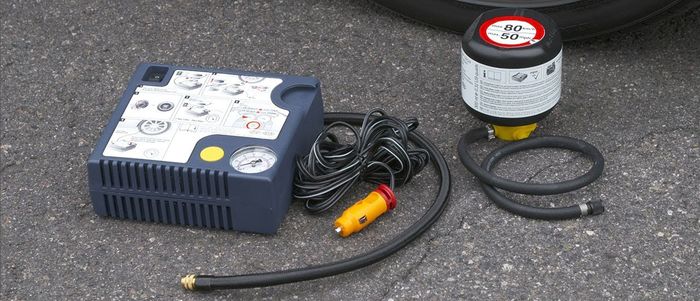 The scope of its functionality depends on the number of adapters included in the integration bus.
The scope of its functionality depends on the number of adapters included in the integration bus. The main task of the ESB (or a single gateway) as a software product is the transformation of messages and their routing to simplify the exchange of data between individual information systems. An ESB does not require a lengthy development process whenever it becomes necessary to connect services that are not designed to work together.
The data bus can be presented in different versions - a software format or a software and hardware complex. The organization can choose the appropriate solution depending on the required level of reliability, data processing speed, security, functional equipment.
Business is now in the midst of a global digital transformation. Many businesses and government organizations operate on huge amounts of overlapping data. To work with information, several systems are used at once, and if there is no connection between individual applications or services, then the time and resource losses for the company are very large.
Many businesses and government organizations operate on huge amounts of overlapping data. To work with information, several systems are used at once, and if there is no connection between individual applications or services, then the time and resource losses for the company are very large.
Due to the continuous exchange of messages, real chaos can occur, especially if there are dozens or even hundreds of individual services. As a result, on the user side, we get a long wait and constant failures. Thanks to the introduction of ESB, everything changes dramatically - individual applications or services no longer make requests to each other, but interact with only one integration platform.
Companies choose ESB to integrate individual information systems:
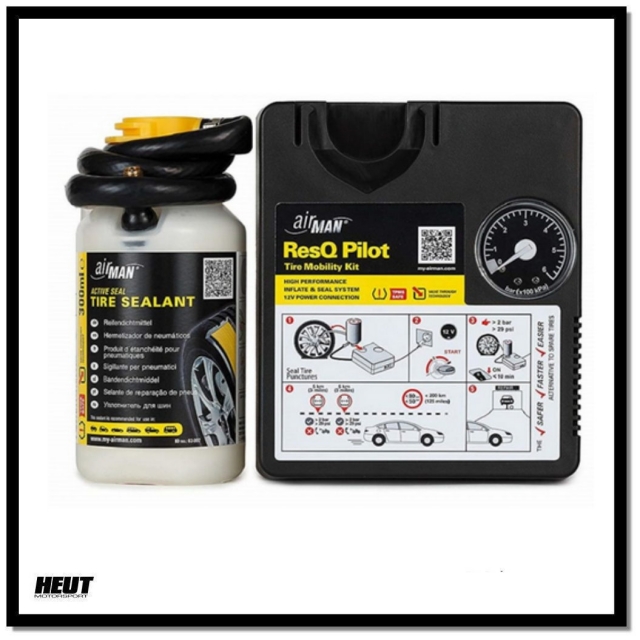 You can quickly get the data you need from another application or service without going through a complex multi-level chain of operations.
You can quickly get the data you need from another application or service without going through a complex multi-level chain of operations. Unlike the traditional point-to-point architecture, that is, the direct interaction of services among themselves, the ESB solution is highly flexible. For example, when one of the systems has to be changed, it does not affect the operation of other applications in the company.
To sum up, the use of corporate tires is beneficial for companies for many reasons - saving time and money, improving the operation of services, increasing the efficiency of solving enterprise problems and, as a result, increasing profits.
The main advantages of using a service gateway:
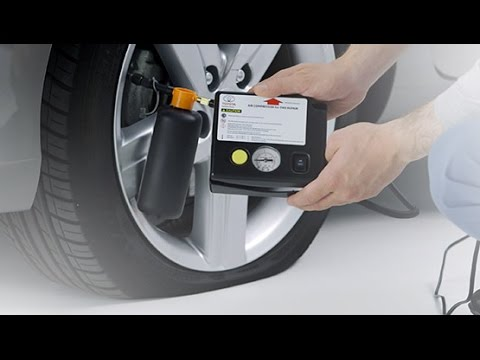
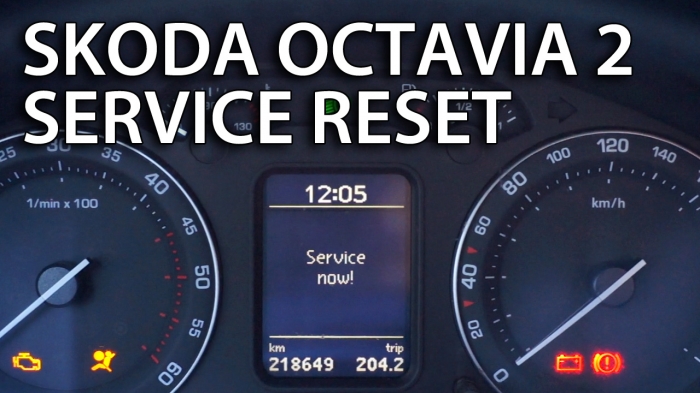

The disadvantages of the model include:
Compared to the traditional approach, ESB is the best option for the interaction of individual services today. The experience of many companies shows that when choosing a platform for integration, it is better to consider flexible open source solutions and microservice architecture. Just such low-code-based software is offered by KSK.
The experience of many companies shows that when choosing a platform for integration, it is better to consider flexible open source solutions and microservice architecture. Just such low-code-based software is offered by KSK.
KSK.SMEV 3 gateway is one of the low-code products. This is an ESB system that acts as a single point for messaging between individual applications and information systems. The product allows you to quickly and easily configure message sending routes.
KSK.SMEV 3 Gateway allows you to solve the following tasks:
Consider in detail the architecture of the gateway from KSK:

Simple interaction of many heterogeneous information systems
KSK.Sluice helps organize the routing of requests, responses and technological messages between corporate or departmental services. This is a simple and convenient exchange protocol that reduces the number of technological interactions and hides a variety of information formats.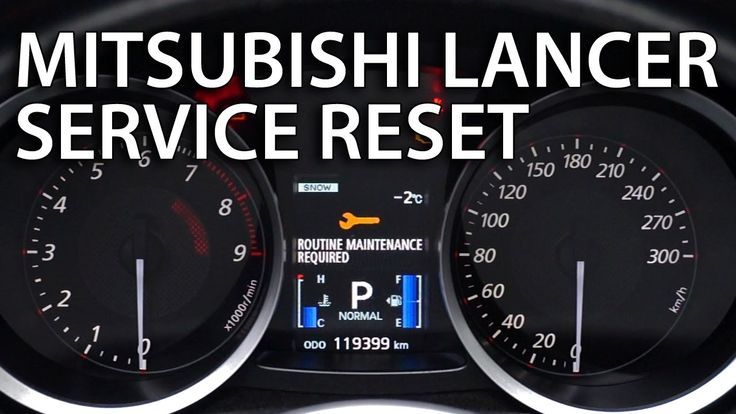 The product guarantees the processing of incoming messages on the part of the client and on the part of the SMEVZ.
The product guarantees the processing of incoming messages on the part of the client and on the part of the SMEVZ.
The integration gateway from KSK allows you to use systems in different modes in the context of one project, monitor the results for each chain and receive statistics in the context of counterparties and types of interactions.
KSK specialists will carry out all the necessary work to implement the system:

By implementing an ESB, an organization will be able to increase the transparency of data exchange, increase the productivity and efficiency of departments, and reduce the cost of creating and maintaining a corporate IT infrastructure.
Integration Bus and BP Automation
Process, Application and Data Integration is a software and hardware solution that allows you to combine existing applications and data sources. Integration provides a single interface for interacting with applications and data. The need for manual input of information is eliminated, its reliability and reliability are increased, efficiency and guaranteed delivery of data to recipients are ensured. As a result, information exchange processes become controlled and managed.
The need for manual input of information is eliminated, its reliability and reliability are increased, efficiency and guaranteed delivery of data to recipients are ensured. As a result, information exchange processes become controlled and managed.
The need for integration arises if the enterprise uses several information systems, each of which solves its own set of business tasks, or part of the business process takes place on the side of remote departments or partner companies. Adding a new application to the system or replacing one of the applications requires establishing links with each of the existing applications.
One of the most effective ways to solve this problem is to use a centralized integration platform based on a service-oriented architecture. The integration platform, acting as a connecting layer, allows you to provide customers with all enterprise services, hiding their implementation, simplifies and speeds up the introduction of new components, reduces risks and makes the information system really manageable.
The basis of the integration platform based on service-oriented architecture is the service-integration bus, which provides a common interface for providing enterprise services to consumers and solving the key integration issue - reliable high-speed data exchange using various protocols.
Integration-service bus implements:
The functionality of the integration service bus is not limited to the capabilities of products with the same name from different vendors. In cases where complex algorithms are required to connect applications and processes of an enterprise or its partners, additional components of integration platforms are used to build an integration service bus. Based on open standards, these components are focused on creating automated processes that combine service calls, event processing and monitoring, and, if necessary, interactive interaction with users. This greatly expands the possibilities of automating data exchange processes to improve the efficiency of the enterprise.
In cases where complex algorithms are required to connect applications and processes of an enterprise or its partners, additional components of integration platforms are used to build an integration service bus. Based on open standards, these components are focused on creating automated processes that combine service calls, event processing and monitoring, and, if necessary, interactive interaction with users. This greatly expands the possibilities of automating data exchange processes to improve the efficiency of the enterprise.

You can download a brochure describing the solution.
If you are interested in a solution and would like more information, please contact us.
Business Process Management System (BMS) - a software solution that allows you to organize and optimize the full life cycle of customer business processes, ensuring their control, manageability and adaptability in accordance with changing business conditions. In practice, the use of SMS allows solving automation tasks based on the company's existing transactional IT systems (ERP, CRM, MES, CSM, BI, accounting, warehouse, etc.), without purchasing specialized software.
In practice, the use of SMS allows solving automation tasks based on the company's existing transactional IT systems (ERP, CRM, MES, CSM, BI, accounting, warehouse, etc.), without purchasing specialized software.
Large enterprises daily have to solve complex problems related to business development in a rapidly changing aggressive external environment. In order to quickly respond to ongoing changes, management needs a high speed of receipt and reliability of information about the state and results of the enterprise.
Even with an existing accounting system for current financial and economic activities, enterprises often cannot fully use information for management. Without a business process management system, it is difficult and time consuming to solve the tasks of the actions of various departments, the analysis of existing business processes, their modeling, identification during their implementation, and most importantly, their optimization. To manage the business processes of an enterprise, special solutions based on process management technologies are needed.
To manage the business processes of an enterprise, special solutions based on process management technologies are needed.
Modern management schemes are based on the concept of process management, i.e. such management in which a given goal determines the processes necessary to achieve it, and the processes, in turn, determine the structure and resources required for their existence. The same definition can be formulated differently: a process approach is an approach in which enterprise management is focused on managing business processes.
According to some reports, about 90% of the 500 most successful companies in the world market completed the transition to process management by 2002, the remaining 10% planned to complete this process by 2004-2005. Such rates of transition suggest that companies consider the introduction of process management as a powerful tool to increase their competitiveness in an increasingly competitive environment. The task of transition to process management methods for fast-growing territorially distributed structures is especially urgent.
The task of transition to process management methods for fast-growing territorially distributed structures is especially urgent.
The urgency is related to the pressure that the above structures experience in a rapidly changing business world, from more developed and more competitive ones. Turning to a practical consideration of the issue, it is possible to single out three necessary components that determine the effective operation of a company when using a process approach to business management:

Modeling and simulation subsystem - allows you to formalize and document the business processes of an enterprise in an easy-to-understand graphical form, provides the ability to place a description of business processes on the enterprise portal so that they are always available, allowing at any time activities of any employee to clarify his responsibilities in the business process, as well as greatly simplifying the training of new employees. The second important function of the subsystem is the ability to simulate a simulated business process, that is, by setting its parameters (execution time of functions, resource consumption, etc.), to see how the business process will look like, what bottlenecks may arise in it , to analyze possible ways to bypass them.
Automation subsystem - SMS, allows you to link the simulated business process to real information systems and data sources, provide a single interface for working with non-automated tasks.